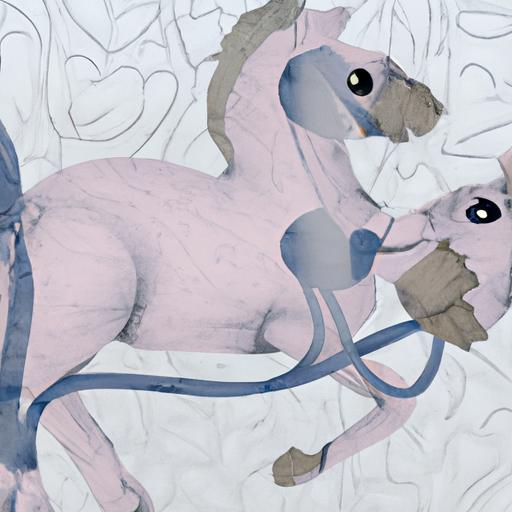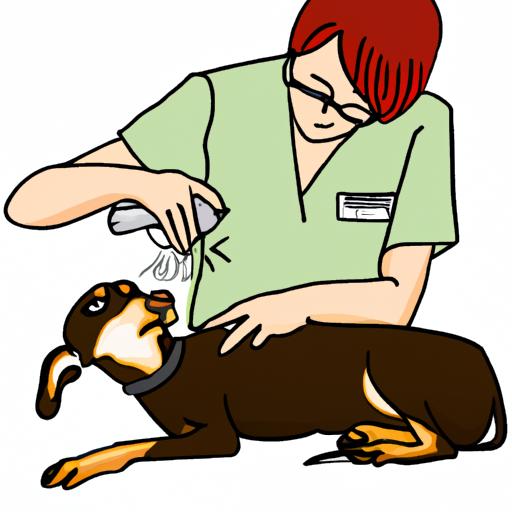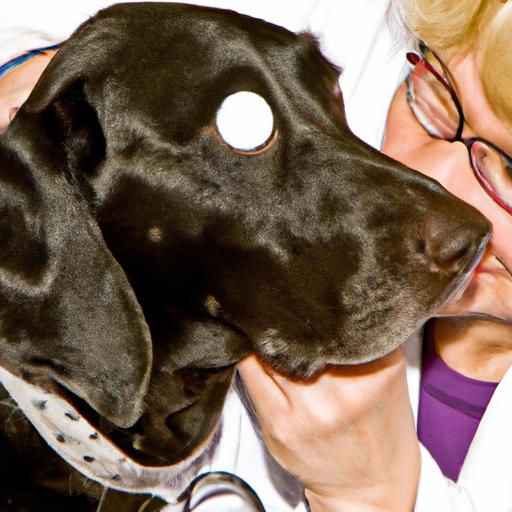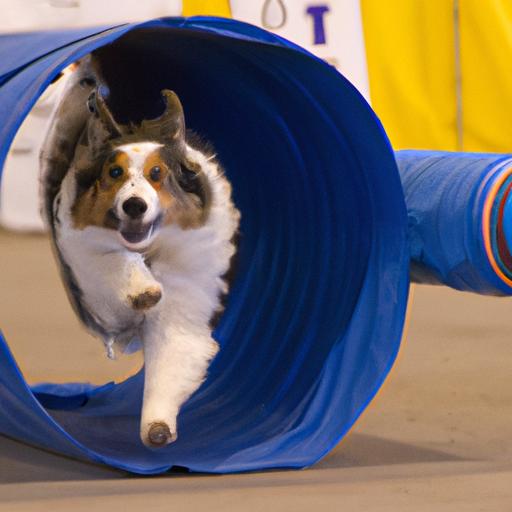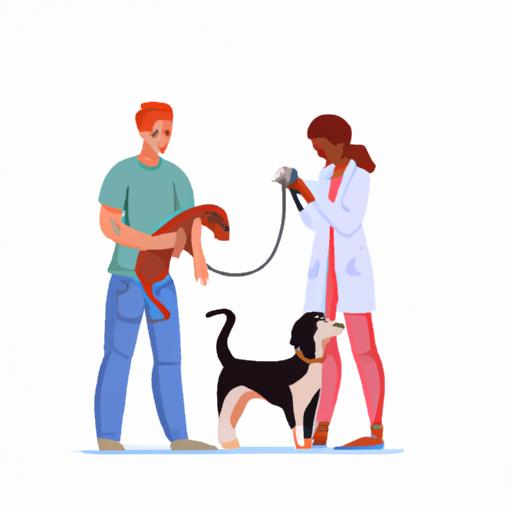
Canine Hepatic Lipidosis: Understanding Liver Disorders
Discover the ins and outs of Canine Hepatic Lipidosis: Understanding Liver Disorders. Learn about symptoms, treatment options, and prevention techniques.
Introduction
As pet owners, we understand the importance of our furry friends’ health and well-being. One crucial aspect of their overall health is liver function. The liver plays a vital role in a dog’s body, and understanding liver disorders such as Canine Hepatic Lipidosis is essential for their care. In this article, we will delve into the intricacies of Canine Hepatic Lipidosis, its causes, symptoms, and available treatments. Let’s explore this liver disorder together to ensure our beloved canines live their happiest and healthiest lives.
Understanding Canine Hepatic Lipidosis
Canine Hepatic Lipidosis, also known as fatty liver disease, is a condition that affects the liver’s ability to function properly. This disorder occurs when an excessive amount of fat accumulates in the liver cells, impairing their normal function. The exact cause of Canine Hepatic Lipidosis is yet to be determined, but it is often associated with various factors, including obesity, sudden weight loss, malnutrition, diabetes, and certain medications.
When a dog’s liver becomes infiltrated with fat, it can lead to a range of symptoms. These may include loss of appetite, weight loss, jaundice (yellowing of the skin and eyes), vomiting, lethargy, and increased thirst and urination. It’s crucial to recognize these signs early on and seek veterinary care promptly, as Canine Hepatic Lipidosis can be life-threatening if left untreated.
To comprehend the impact of Canine Hepatic Lipidosis, it’s important to understand the liver’s role in a dog’s body. The liver is responsible for various functions, including detoxification, metabolism, and the production of bile, which aids in digestion. When the liver is compromised, these processes are disrupted, leading to a cascade of health issues. Therefore, maintaining a healthy liver is vital for a dog’s overall well-being.
Frequently Asked Questions (FAQ) about Canine Hepatic Lipidosis
-
What are the treatment options for Canine Hepatic Lipidosis?
Treatment for Canine Hepatic Lipidosis typically involves a multi-faceted approach. The primary goal is to restore liver function and reduce the fat accumulation. This may require hospitalization, where the dog will receive supportive care, intravenous fluids, and proper nutrition. In some cases, a feeding tube may be necessary to ensure adequate caloric intake. Medications to support liver function and manage underlying conditions may also be prescribed.
-
Is Canine Hepatic Lipidosis preventable?
While the exact prevention methods for Canine Hepatic Lipidosis are not yet established, there are steps you can take to reduce the risk. Maintaining a healthy weight for your dog, providing a balanced diet, and avoiding rapid weight loss are crucial. Regular veterinary check-ups, especially for senior dogs or those with underlying health conditions, can help detect any liver abnormalities early on.
-
What are the long-term effects of the disease?
Canine Hepatic Lipidosis can have long-term effects on a dog’s health. In severe cases, it can lead to liver failure, which can be life-threatening. Even with successful treatment, there may be lasting damage to the liver. It is essential to continue monitoring your dog’s liver health and follow your veterinarian’s recommendations for long-term management and care.
-
Can Canine Hepatic Lipidosis be fatal?
Canine Hepatic Lipidosis can indeed be fatal if not diagnosed and treated promptly. The disease progresses rapidly, and liver failure can occur within days or weeks. Recognizing the symptoms, seeking veterinary care immediately, and following the prescribed treatment plan are crucial for a positive outcome.
Conclusion
Understanding liver disorders such as Canine Hepatic Lipidosis is vital for the well-being of our beloved canines. The liver plays a crucial role in their overall health, and when it is compromised, it can have severe consequences. By recognizing the symptoms, seeking veterinary care promptly, and following the recommended treatment plan, we can give our furry friends the best chance at a healthy and happy life.
Remember, early detection is key, so if you notice any signs of Canine Hepatic Lipidosis, don’t hesitate to consult your veterinarian. With proper care, attention, and regular monitoring of liver health, we can ensure our canine companions thrive and enjoy their days to the fullest. Let’s prioritize their liver health and give them the quality of life they deserve.

